 An editorial change took place at the Journal of the History of Philosophy last year as Jack Zupko took over the top position for the journal from Steven Nadler. Zupko had previously served as Book Review Editor for JHP, which celebrated 50 years of publishing several years ago. Chair of the Philosophy Department at the University of Alberta, Zupko joined our podcast series to talk about his transition into the new position as well as plans for the future for JHP.
An editorial change took place at the Journal of the History of Philosophy last year as Jack Zupko took over the top position for the journal from Steven Nadler. Zupko had previously served as Book Review Editor for JHP, which celebrated 50 years of publishing several years ago. Chair of the Philosophy Department at the University of Alberta, Zupko joined our podcast series to talk about his transition into the new position as well as plans for the future for JHP.
Category Archives: History
The Philosophy of Editing
Comments Off on The Philosophy of Editing
Filed under History, Journals, Philosophy, Podcasts
Confronting Child Death
Late last year, the Journal of the History of Childhood and Youth published a special issue which took a look at the thorny subject of child death. Kathleen Jones organized a discussion of young people and death at the 2013 conference for the Society for the History of Children and Youth, the sponsoring organization for the journal. This event drove the creation of the special issue. Jones, Associate Professor of History and Director of Graduate Studies at Virginia Tech, served as guest editor for the issue with Vassar College Associate Professor of History and Director of Victorian Studies Lydia Murdoch and Tamara Myers, Associate Professor of History at the University of British Columbia. The trio provided collective answers for a Q&A session.
This issue emanated from 2013 conference panel. How gratifying is it to see some of that work published?
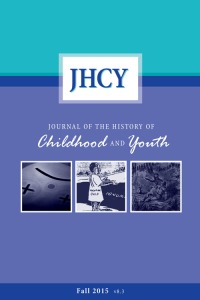 Immensely gratifying. For the seventh biennial meeting of the Society for the History of Children and Youth, we proposed a group of panels about child death. The conference theme, “Space,” shaped our panels – the papers explored the places of death, the ways that space and place of death shaped the cultural meanings attached to dead children. Publication gave us the opportunity to collect ideas from the conference papers, expand and develop them, and, most importantly, share them widely. The opportunity to publish them also reinforced for us how important, and yet still relatively understudied, the responses to the deaths of children are for the history of childhood. Death provides a cultural frame for the value attached to children. It’s a point Viviana Zelizer made so clear over thirty years ago in her discussion of life insurance for children (Pricing the Priceless Child, 1985) It’s a perspective that the journal publication now invites others to build from and add new understandings to in the future.
Immensely gratifying. For the seventh biennial meeting of the Society for the History of Children and Youth, we proposed a group of panels about child death. The conference theme, “Space,” shaped our panels – the papers explored the places of death, the ways that space and place of death shaped the cultural meanings attached to dead children. Publication gave us the opportunity to collect ideas from the conference papers, expand and develop them, and, most importantly, share them widely. The opportunity to publish them also reinforced for us how important, and yet still relatively understudied, the responses to the deaths of children are for the history of childhood. Death provides a cultural frame for the value attached to children. It’s a point Viviana Zelizer made so clear over thirty years ago in her discussion of life insurance for children (Pricing the Priceless Child, 1985) It’s a perspective that the journal publication now invites others to build from and add new understandings to in the future.
In the introduction, it was mentioned that response to the original panel was overwhelming. Why do you think that this area has so much interest?
As the history of childhood has developed in the last thirty years or so, the field has been shaped by questions about agency – questions about what role children played in the past, about what they experienced as they grew up, and about how adults interpreted those experiences and used childhood for political purposes. Getting away from seeing the child as “victim” or “object” has been a part of the rationale for the history of childhood and youth. The same perspective permeates new studies of child death. Earlier histories tended to focus on the question of whether parents developed affective bonds with children and mourned those who died in periods or places with high child mortality. Following Linda Pollock (Forgotten Children: Parent-Child Relations from 1500 to 1900, 1983), numerous scholars have demonstrated that parents deeply mourned the death of children in the past, leading us to explore new types of questions. Whereas death has often been blended into a history of medicine and disease or the history of mourning rituals, the conference theme opened the possibility of exploring the political, social, cultural, and emotional issues associated with risk and death, whether the death of one or of many children. Historians have shown how adults used the threat of death to discipline the young, and how state interventions developed at moments of heightened awareness of child endangerment. At the same time, historians of child death have tracked the emotional loss attached to the death of a child and the ways death has been rendered meaningful for children as well as for adults at both a cultural and a personal level.
Interest was also generated because of child death’s contemporary relevance and our (western) perspective that any young death is premature and demands explication. While death in childhood is an unusual occurrence in many cultures in 2016, it is an all-too-prominent part in others where disease and violence relentlessly attack the young. Where growing into adulthood is the norm, representations of dead and dying children pull at heartstrings, making those images powerful tools for political agendas. Current interest in the history of child death can’t be divorced from the powerful imagery in these contrasting life experiences of children and their prospects for growing into adulthood.
How hard was it to choose what would end up in the journal issue?
Our goal for the issue was to include articles that looked at death in different times and places; we were fortunate to work with panelists who brought such diversity to the conference. In identifying a table of contents that would ensure an issue with broad appeal we also invited additional contributions – notably David Pomfret’s reflective essay on the state of the field. But the underlying theme in the issue was always one of meaning. When a child dies, how is that death explained? When many children die in similar circumstances, how and why are the deaths given a purpose? We think the articles in this collection demonstrate the historical contingency of answers to questions about how we understand and process child death and the ways child death shape the life experiences of children.
We also wanted to show with the issue how researchers are approaching issues of childhood and death from a variety of methodological perspectives. The essays in the volume defy easy categorization, blending methodologies from cultural and social history, oral history, visual arts and material culture, archival studies, and social work. Taken together, though, they suggest the many opportunities for further research on the history of child death.
What did you three learn from working on the issue?
One of most important takeaways from editing this issue is how little we know about the experience of and the meanings attached to child death. The articles here only begin to scratch the surface and leave us with more questions than answers: How did young people themselves understand death? What were the ways that death was made real to them? How did they weave the prospect of death into expectations of their adulthood? We are particularly interested in how answers to these questions changed over time, or in different contexts. For historians of childhood, the role children played in history may well be found in the ways they balanced the prospect of the future with the possibility of death.
How important will it be to revisit this topic in the future?
We hope the experiences of death in childhood and the meanings adults and children give to those experiences will be revisited often as we continue to write the history of children and youth. The articles in this issue remind us that even though death is our universal fate, how we die and how the living are affected by death cannot be captured by that one word. The meanings we attach to death are bounded by the many adjectives we call on to distinguish one death from another… violent death, self-inflicted death, accidental death, epidemic death, slow death from disease or neglect. The articles in this issue begin to address the complexity of this multifaceted word. We expect that scholars will build from these articles to explore the range of experiences, emotions, and meanings associated with child death, and show us the many ways the deaths of some children have shaped the lives of others.
Filed under Cultural Studies, Health and Medicine, History, Journals
An Examination of Diagnosis
 At first glance, medical diagnosis might seem like a cut-and-dry topic. However, much more goes into this aspect of medical practice than most people think. Annemarie Jutel, co-editor of Social Issues in Diagnosis and author of Putting a Name to It, recently served as guest editor for an issue of the journal Perspectives in Biology and Medicine. The first issue of Volume 58 took a special look at diagnosis through a combination of traditional articles, 55-word stories and images. Jutel, a professor in the Graduate School of Nursing, Midwifery and Health at Victoria University of Wellington in New Zealand, Jutel joined our podcast series to talk about diagnosis and the special issue.
At first glance, medical diagnosis might seem like a cut-and-dry topic. However, much more goes into this aspect of medical practice than most people think. Annemarie Jutel, co-editor of Social Issues in Diagnosis and author of Putting a Name to It, recently served as guest editor for an issue of the journal Perspectives in Biology and Medicine. The first issue of Volume 58 took a special look at diagnosis through a combination of traditional articles, 55-word stories and images. Jutel, a professor in the Graduate School of Nursing, Midwifery and Health at Victoria University of Wellington in New Zealand, Jutel joined our podcast series to talk about diagnosis and the special issue.
Comments Off on An Examination of Diagnosis
Filed under Health and Medicine, History of Medicine, Journals, Medical Education, Podcasts
Thomas Edison: Measuring the days of an extraordinary life
Guest post by Louis Carlat
“There is no such thing in anyone’s life as an unimportant day,” said American essayist Alexander Woollcott. Anything might happen. But of course, some days turn out to be more important than others. With the publication of its eighth volume, the Thomas Edison papers project has gone through the record of nearly 15,000 of the famous inventor’s days on Earth, some 50,000 documents. Having covered close to half the man’s life, we’ve published 3,127 of those records and crossed the halfway point in the planned series of volumes of his papers. What have we learned?
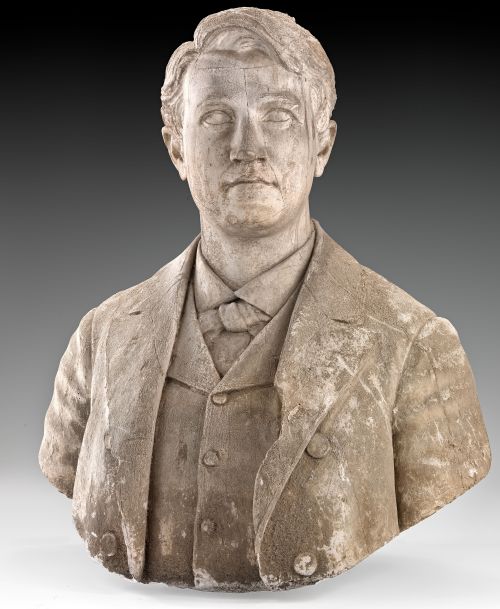
Plaster bust of Thomas Edison, made in Italy by American-born sculptor Longworth Powers in 1886. Edison was born on February 11, 1847.
Anyone who’s followed the paper trail—letters, photos, clippings—of a parent or grandparent has mused on the connections between the stuff in hand and the breathing life that created it all. In the case of Edison, the amount of stuff accumulated over his eighty-four years is enormous. His life was exceptional not only for its ambitions and accomplishments but also for the detail in which he (and others) recorded it. There are shelves full of letters, telegrams, and notebooks, of course, but also grocery lists, receipts, contracts, architectural drawings, and the odd party invitation; in short, nearly anything you can imagine putting on paper. We’ve seen the drafts written in blinding haste, furious crossouts, meandering doodles, snatches of Shakespearean verse, and the phonetic spelling of a highly literate man who sometimes wrote the words as he heard them pulsing through his head.
The documents open a window onto American life. As unusual and privileged as Edison’s life was, they reveal him not simply as a lionized (or reviled) inventor but as a man fitting as best he could into the world of his day. He was a node in the networks of countless less famous people whose paths he crossed, whose lives we can glimpse through his. There are the skilled immigrant craftsmen in his shops, the Irish servant girls in his home, the doctors who delivered his children and tended his first wife, the undertaker who buried her, and the florist who delivered flowers to her grave (until he remarried). Not to mention hundreds of aspiring inventors, advice-seekers, and would-be hangers-on wanting to ride Edison’s coattails. All named and described, as best we can, through painstaking research.
Not the isolated genius of storybooks, Edison had an ecology of relationships that defined his work and life. Long before anyone used the term emotional intelligence, he had the ability to form strong connections with men who could help him as assistants, colleagues, or mentors. A beguiling storyteller, he had warmth and something we would now call charisma—a quality that drew men to him with intense loyalty. He also had persistence and an infectious confidence that, by mid-life, were souring into obstinance and arrogance that drove some of them away. His legendary devotion to work came with a disregard for his family’s emotional needs that seems reckless, even by the standards of his day.
No one better embodied the American enthusiasm for inventiveness and entrepreneurship than Edison. The iconic incandescent light bulb is still a staple of children’s books and social studies curricula, even as that hot globe of glass becomes a museum piece. The phonograph was the first device for recording and playing back sound. Coming like the proverbial bolt from the blue, it launched Edison into worldwide fame as the “Wizard of Menlo Park.” It promised a form of immortality to anyone able to impress his or her voice onto a small cylinder for the ages. The phonograph drew to his laboratory flocks of reporters whom Edison would welcome back to write up for insatiable readers his latest work in electric lighting or whatever he happened to be doing. Edison designed the things but depended on wide networks to elevate them to the status of “inventions.” He had model makers, draftsmen, and lawyers to get them through the Patent Office; financiers, agents, friendly reporters, more lawyers, and at least one notorious political fixer to bring them to buyers. He personified America beyond its shores, as he cultivated close business ties in Great Britain and continental Europe, especially, but also Asia and through the Americas.
The act of inventing is a close cousin to other forms of intellectual or artistic creativity, and it was a stream of ideas, more than anything else, that defined Edison’s restless days and filled his pages. He thought with his fingers in the act of drawing and writing. He had “innumerable machines in my mind,” as he put it, and he poured them onto paper. Browsing his notebooks now, a reader can imagine the mechanisms in motion, clattering in the head of the increasingly deaf inventor. Sometimes the stream became a torrent: dozens of ways to attain the same motion or effect, and long lists of materials to experiment with. There were lists even on the honeymoon with his second wife: experiments and things to make, from the practical (lamp filaments) to the fanciful (a “Larynaxial piano”). His mind was fecund, in the ornate language of his day; in the more clinical view of our time, he can seem manic.
As editors, we get to see it all with sometimes spine-tingling intimacy. But despite the sheer volume of information and our best research efforts, we have questions. Like where did all those ideas come from? Sometimes we can name a source, like the conversation that sparked Edison’s interest in electric lighting. Or a passage in Michael Faraday’s Experimental Researches, which he re-read repeatedly. Oftentimes it’s not clear. Edison read widely and took dozens of technical and scientific journals. He had networks of business and scientific contacts, men (always men) willing to share information; one rival claimed that the Patent Office had “leaks” that flowed in his direction.
Even 50,000 documents can’t capture 15,000 days full of life. Sometimes we don’t even know what city Edison was in, much less what an assistant or rival might have told him, or the tone he used with his wife. In Edison’s days, as in our own, we expect the unexpected. No day is unimportant, and anything can happen.
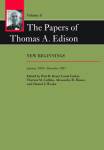 Louis Carlat is an associate editor of the Thomas A. Edison Papers Project at Rutgers University. Along with Paul B. Israel, director and general editor; Theresa M. Collins, associate editor; Alexandra R. Rimer and Daniel J. Weeks, assistant editors; he is part of the editorial team that recently completed volume 8 of The Papers of Thomas A. Edison: New Beginnings, January 1885–December 1887.
Louis Carlat is an associate editor of the Thomas A. Edison Papers Project at Rutgers University. Along with Paul B. Israel, director and general editor; Theresa M. Collins, associate editor; Alexandra R. Rimer and Daniel J. Weeks, assistant editors; he is part of the editorial team that recently completed volume 8 of The Papers of Thomas A. Edison: New Beginnings, January 1885–December 1887.
Filed under American History, American Studies, Biography, History of technology
Podcast with Paul R. Josephson

New Books in Science, Technology, and Society featured Fish Sticks, Sports Bras, and Aluminum Cans: The Politics of Everyday Technologies in an article and podcast interview with author Paul R. Josephson. Read the article and listen to the podcast here.
Use promo code “HDPD” to receive a 30% discount when you order your copy.
Comments Off on Podcast with Paul R. Josephson
Filed under American History, Business History, Cultural Studies, History of technology, Popular Culture
Spring books preview: religion
 We’re excited about the books we’ll be publishing this spring—and we’re pleased to start off the new year with a series of posts that highlight our forthcoming titles. Be sure to check out the online edition of JHUP’s entire Spring 2016 catalog, and remember that promo code “HDPD” gets you a 30% discount on all pre-publication orders. Today we feature spring books on religion; click on the title to read more about the book or to place an order:
We’re excited about the books we’ll be publishing this spring—and we’re pleased to start off the new year with a series of posts that highlight our forthcoming titles. Be sure to check out the online edition of JHUP’s entire Spring 2016 catalog, and remember that promo code “HDPD” gets you a 30% discount on all pre-publication orders. Today we feature spring books on religion; click on the title to read more about the book or to place an order:
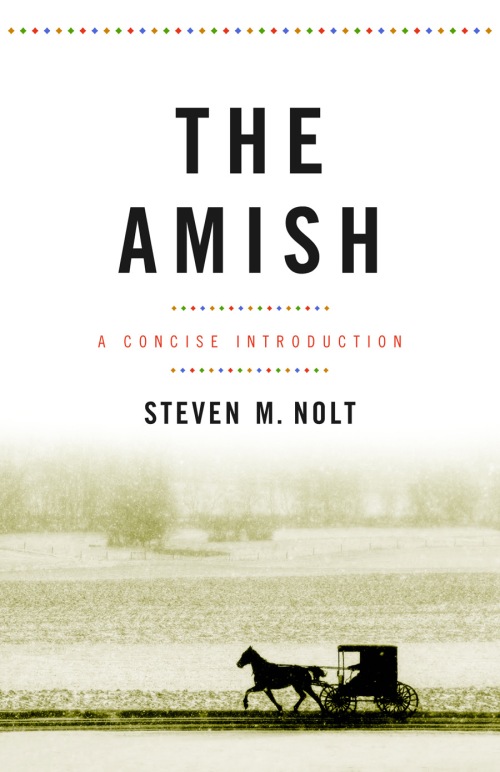 The Amish
The Amish
A Concise Introduction
Steven M. Nolt
 Righting America at the Creation Museum
Righting America at the Creation Museum
Susan L. Trollinger and William Vance Trollinger, Jr.
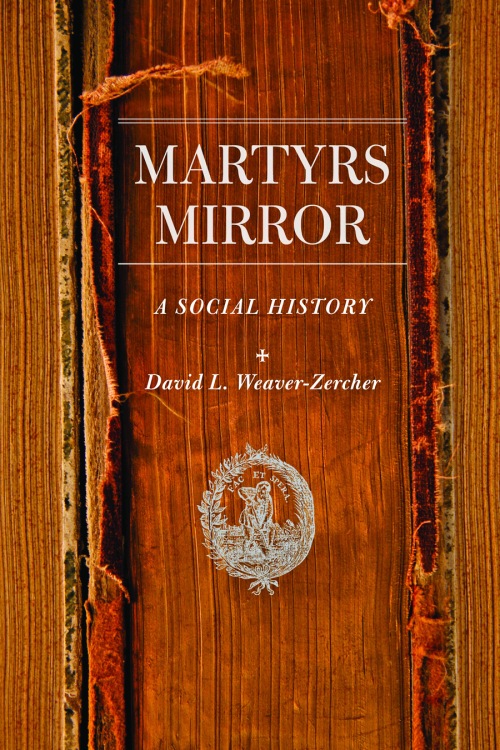 Martyrs Mirror
Martyrs Mirror
A Social History
David L. Weaver-Zercher
Use discount code “HDPD” to receive a 30% discount on pre-publication orders for JHUP’s spring 2016 titles.
To order, click on the book titles above or call 800-537-5487.
Comments Off on Spring books preview: religion
Filed under American Studies, Amish, Anabaptist & Pietist Studies, Cultural Studies, History, Publishing News, Religion
Spring books preview: Maryland Historical Society
We’re excited about the books we’ll be publishing this spring—and we’re pleased to start off the new year with a series of posts that highlight our forthcoming titles. Be sure to check out the online edition of JHUP’s entire Spring 2016 catalog, and remember that promo code “HDPD” gets you a 30% discount on all pre-publication orders. Today we feature spring books from the Maryland Historical Society; click on the title to read more about the book or to place an order:
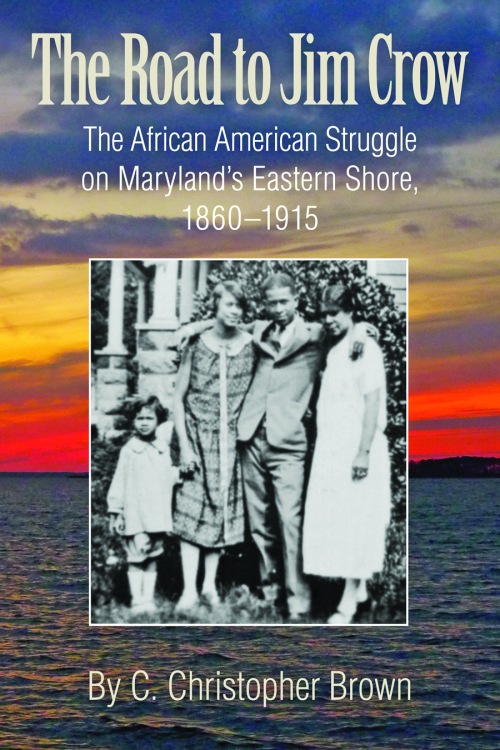 The Road to Jim Crow
The Road to Jim Crow
The African American Struggle on Maryland’s Eastern Shore, 1860–1915
C. Christopher Brown
 Stealing Freedom Along the Mason-Dixon Line
Stealing Freedom Along the Mason-Dixon Line
Thomas McCreary, the Notorious Slave Catcher from Maryland
Milt Diggins
 A Woman of Two Worlds
A Woman of Two Worlds
Elizabeth Patterson Bonaparte
Alexandra Deutsch
Use discount code “HDPD” to receive a 30% discount on pre-publication orders for JHUP’s spring 2016 titles.
To order, click on the book titles above or call 800-537-5487.
Comments Off on Spring books preview: Maryland Historical Society
Filed under African American Studies, American History, Cultural Studies, Publishing News, Regional-Chesapeake Bay, Women's History
Spring books preview: history & culture
 We’re excited about the books we’ll be publishing this spring—and we’re pleased to start off the new year with a series of posts that highlight our forthcoming titles. Be sure to check out the online edition of JHUP’s entire Spring 2016 catalog, and remember that promo code “HDPD” gets you a 30% discount on all pre-publication orders. Today we feature spring books on history and culture; click on the title to read more about the book or to place an order:
We’re excited about the books we’ll be publishing this spring—and we’re pleased to start off the new year with a series of posts that highlight our forthcoming titles. Be sure to check out the online edition of JHUP’s entire Spring 2016 catalog, and remember that promo code “HDPD” gets you a 30% discount on all pre-publication orders. Today we feature spring books on history and culture; click on the title to read more about the book or to place an order:
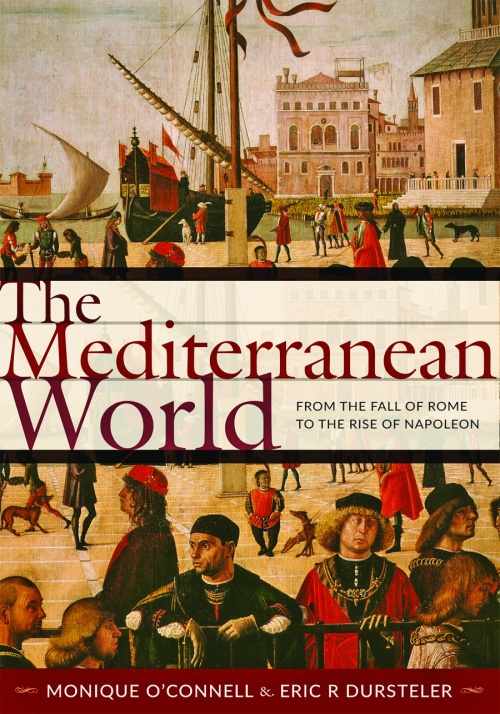 The Mediterranean World
The Mediterranean World
From the Fall of Rome to the Rise of Napoleon
Monique O’Connell and Eric R Dursteler
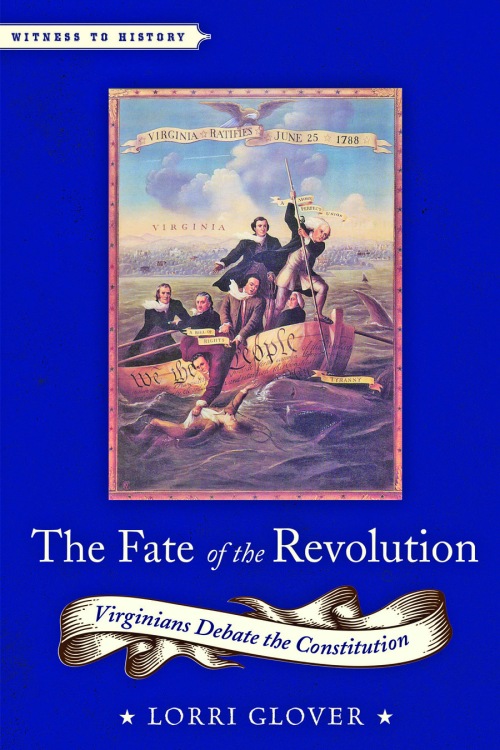 The Fate of the Revolution
The Fate of the Revolution
Virginians Debate the Constitution
Lorri Glover
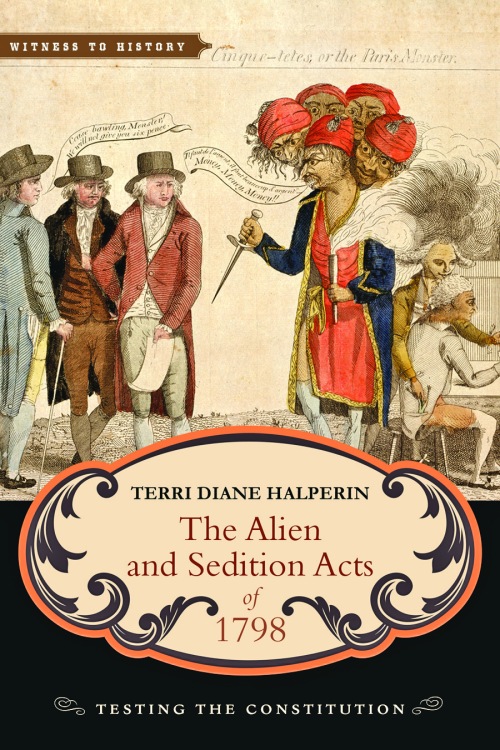 The Alien and Sedition Acts of 1798
The Alien and Sedition Acts of 1798
Testing the Constitution
Terri Diane Halperin
 Invisible Sovereign
Invisible Sovereign
Imagining Public Opinion from the Revolution to Reconstruction
Mark G. Schmeller
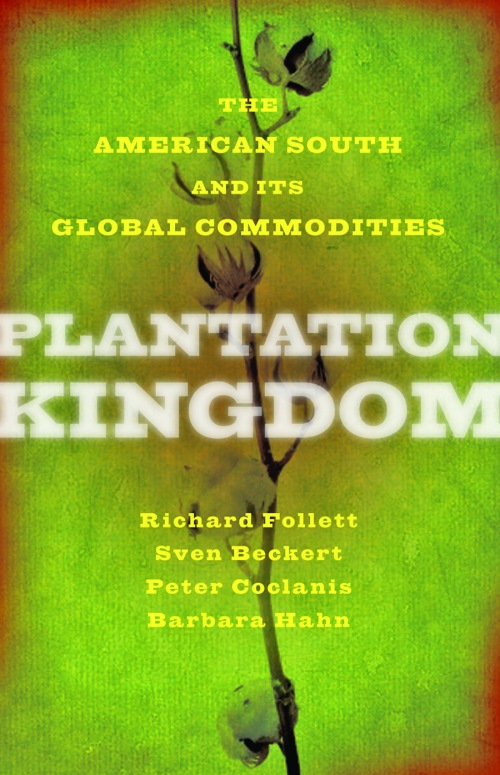 Plantation Kingdom
Plantation Kingdom
The American South and Its Global Commodities
Richard Follett, Sven Beckert, Peter Coclanis, and Barbara Hahn
 The Papers of George Catlett Marshall
The Papers of George Catlett Marshall
Volume 7: “The Man of the Age,” October 1, 1949–October 16, 1959
George Catlett Marshall
edited by Mark A. Stoler and Daniel D. Holt
 Engineering Victory
Engineering Victory
How Technology Won the Civil War
Thomas F. Army, Jr.
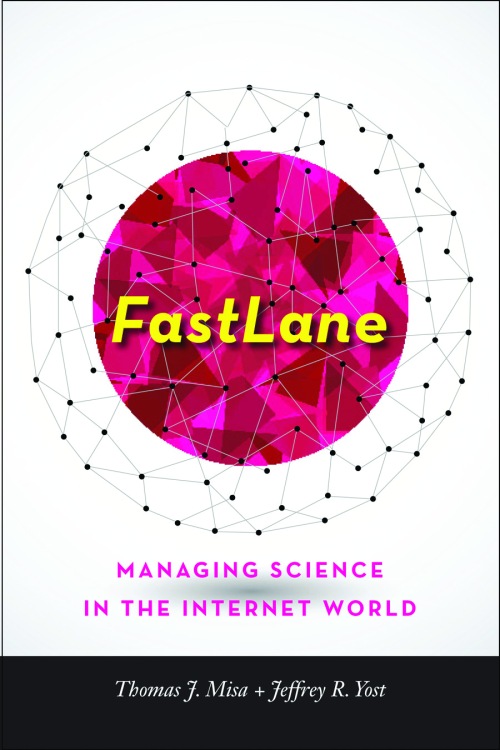 FastLane
FastLane
Managing Science in the Internet World
Thomas J. Misa and Jeffrey R. Yost
 Junkyards, Gearheads, and Rust
Junkyards, Gearheads, and Rust
Salvaging the Automotive Past
David N. Lucsko
 The Grand Strategy of the Roman Empire
The Grand Strategy of the Roman Empire
From the First Century CE to the Third
revised and updated edition
Edward N. Luttwak
 Nature’s Path
Nature’s Path
A History of Naturopathic Healing in America
Susan E. Cayleff
 A Short History of Medicine
A Short History of Medicine
revised and expanded edition
Erwin H. Ackerknecht
foreword and concluding essay by Charles E. Rosenberg
bibliographic essay by Lisa Haushofer
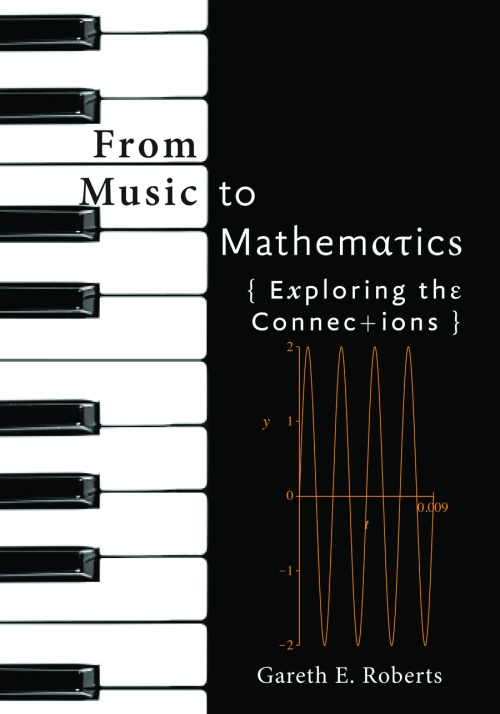 From Music to Mathematics
From Music to Mathematics
Exploring the Connections
Gareth E. Roberts
Use discount code “HDPD” to receive a 30% discount on pre-publication orders for JHUP’s spring 2016 titles.
To order, click on the book titles above or call 800-537-5487.
Comments Off on Spring books preview: history & culture
Filed under American History, American Studies, History, History of Medicine, History of technology, Publishing News
A checkup of Late Antiquity
In late 2015, the Journal of Late Antiquity published a special issue on the intersections of religion, medicine, health, healing and disability in Late Antiquity. Guest edited by Kristi Upson-Saia and Heidi Marx-Wolf, the issue featured 10 essays on this growing area of research. Upson-Saia and Marx-Wolf joined us for a Q&A about the special issue.
JHUP: How did the issue come about?
Eds: This special issue is an outgrowth of ReMeDHe, the working group for Religion, Medicine, Disability, and Health in Late Antiquity, that we co-founded in 2013 and have co-directed since. Both of us were starting new projects in these research areas. And we were also both looking to work collaboratively in order to figure out how to address gaps in the scholarship and to overcome some of the more isolating aspects of academic life. We wanted to work in a more dialogic way right from the start of these new projects and we soon encountered a number of other scholars who felt the same way. We began by proposing a series of four panels at the 2014 meeting of the North American Patristics Society, as well as a pre-conference workshop. Some of the papers in this special issue were originally presented in those inaugural sessions. Since then, we meet regularly at NAPS. We have also created a listserv, website, and Facebook page to communicate with each other, and we have created a Zotero group to share our primary and secondary source bibliographies. We now have over 130 members, and we believe this signals how important and vibrant these research areas are right now, as well as a desire for cooperative modes of research.
JHUP: What drew you to this area of research?
Marx-Wolf: I was drawn to this area by way of my work on late Roman philosophy. In antiquity, the lines between religion, philosophy, and medicine are difficult to draw. So it wasn’t surprising that I kept encountering doctors when studying late ancient philosophers. I thought the connections warranted a closer look. I’ve also taught pre-modern cosmology and history of science for a number of years, and I so enjoy teaching the history of ancient medicine. So I knew that this was a direction I wanted to head in my research.
Upson-Saia: I began reading Greco-Roman medical sources in graduate school and was hooked right away. I was particularly fascinated with discussions of wounds and scars, which seemed to me to have been understudied. In addition to my research, I have enjoyed teaching courses like “Magic, Miracle, and Medicine in Antiquity” and “Health and Humanity,” a course I’ve team-taught with a health care economist and bioethicist.
We were both surprised to find that, despite robust interest in earlier and later epochs in the history of medicine and the history of disability, few scholars were focused on these topics in Late Antiquity. And yet, it is one of the most interesting and dynamic historical periods when it comes to social, cultural, and religious change. This dynamism is also apparent when one looks at topics related to health, illness, healing, and so forth. However, as we hypothesize in our co-authored essay on the “State of the Question,” this period has often been viewed using an outdated lens of decline and devolution when it comes to medicine. The aim of the ReMeDHe working group is to look at this period with a different lens, one that focuses on the aforementioned dynamism. Hopefully, readers will catch more than just a glimpse of that when they explore the essays in the volume.
JHUP: What does it mean to take these discussions from smaller groups to a larger stage in this journal?
Eds: We are very excited to continue the kinds of conversations and collaborations characteristic of the working group with an even larger group of scholars whose interests intersect with our own, even if but peripherally. We’re also hoping to entice more people to consider working in these areas and strongly encourage them to join the ReMeDHe working group (remedhe.com).
Comments Off on A checkup of Late Antiquity
Filed under Ancient, Health and Medicine, History, History of Medicine, Journals, Uncategorized
Our 2016 Ancient Studies catalog is here!
Our 2016 Ancient Studies catalog has arrived
and we cordially invite you to browse the online edition here.
Use code “HZPA” to receive a 30% discount when you order!
Visit the JHUP exhibit at the Society for Classical Studies
annual meeting in San Francisco from January 6–9, 2016.
Comments Off on Our 2016 Ancient Studies catalog is here!
Filed under Ancient, Ancient, Classics, Cultural Studies, History, Journals, Literature



You must be logged in to post a comment.